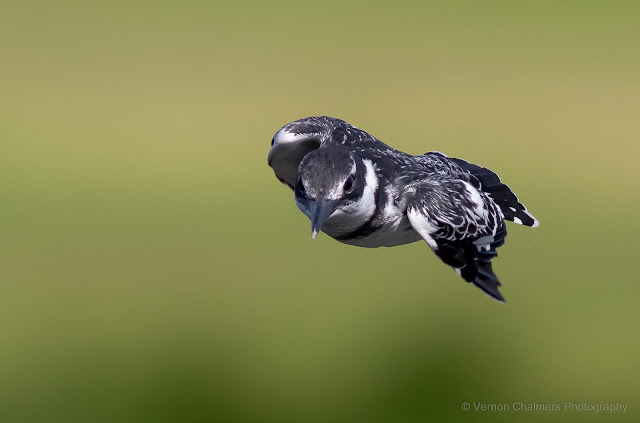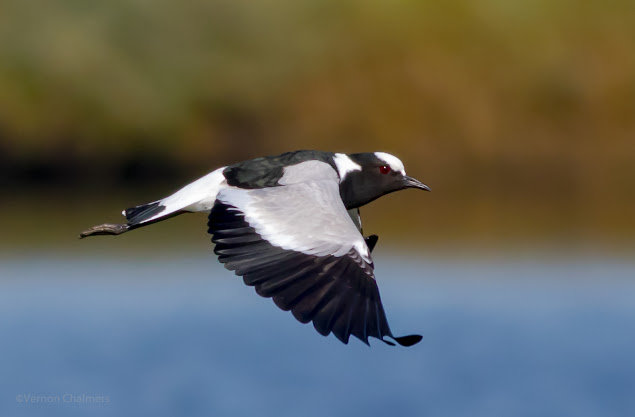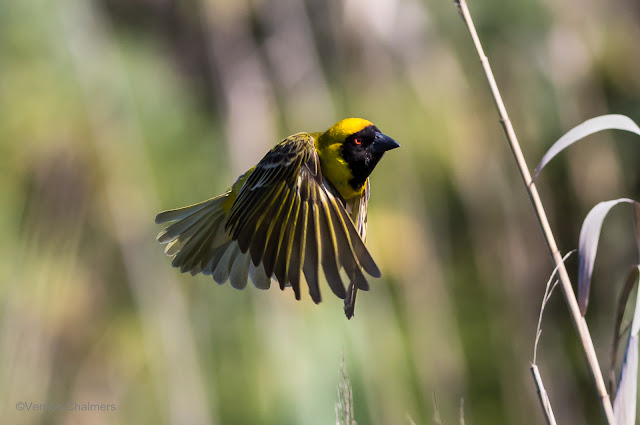Improvements for Canon EOS / EOS R Birds in Flight Photography
Learning more about Birds in Flight Photography
During my Birds in Flight Photography Training in Milnerton, Cape Town I generally start with a slideshow of a variety of in-flight images (with different Canon EOS bodies / EF prime / zoom lenses) for pointing out basic EXIF data, location and other relevant information.
Important Birds in Flight Photography Considerations
The introduction is followed with the highlighting of important individual considerations and settings. Outcomes will depend on current gear, skill level, shooting style and exposure settings:
- Gear (Body / Lens / Tele-converters)
- Shutter Choices (electronic vs. Mechanical)
- Autofocus System
- Shooting Modes
- Fps / Buffer Speed / Memory Card Speeds
- Image Stablization (IS) (Body / Lens)
- Handheld vs Tripod / Monopod Exposure Settings (Av, Tv, Manual, Other)
- RAW / cCraw vs JPG / HEIF (Buffer Speed / Post-Processing)
Ensuring the best possible images
After spending a fair amount of time with various Canon EOS / EOS R Autofocus systems and techniques during training the Environmental Variables are discussed - this is generally a list of 10+ criteria for assisting the Birds in Flight photographer with the following overall workflow in mind:
Many photographers are of opinion that only high-end enthusiast and professional Canon EOS / EOS R bodies and EF / RF lenses are good enough for capturing birds in flight images. During workshops / discussions and demonstrations the focus is on how to extract the maximum value out of most Canon EOS bodies and even the 'shorter' than 70-300mm lenses.
Canon EOS 7D Mark II Birds In Flight Photo Gallery >>
- Expected outcomes
- Pre-planning
- During the shoot
- Post-processing
- Target Market / Medium
Many photographers are of opinion that only high-end enthusiast and professional Canon EOS / EOS R bodies and EF / RF lenses are good enough for capturing birds in flight images. During workshops / discussions and demonstrations the focus is on how to extract the maximum value out of most Canon EOS bodies and even the 'shorter' than 70-300mm lenses.
Environmental Variables for Birds in Flight Photography
Listed variables are based on my own shooting style and techniques at mainly Intaka Island and Woodbridge Island, Cape Town. Most images on the Vernon Chalmers Photography website where captured with the following Canon cameras / lenses during the past 10 years:
Listed variables are based on my own shooting style and techniques at mainly Intaka Island and Woodbridge Island, Cape Town. Most images on the Vernon Chalmers Photography website where captured with the following Canon cameras / lenses during the past 10 years:
- Canon EOS 7D Mark II / EF 400mm f/5.6L USM lens
- Canon EOS 7D Mark II / EF 100-400mm f/4.5-5.6L USM lens
- Canon EOS 70D / EF 70-300mm f/4-5.6L IS USM lens
- Canon EOS 70D / EF 100-400mm f/4.5-6.6L II lens
- Canon EOS 80D / EF 100-400mm f/4.5-6.6L II lens
- Canon EOS 6D / EF 70-300mm f/4-5.6L IS USM lens
- Canon EOS 6D / EF 400mm f/5.6L USM lens
- Canon EOS R6 / RF 600mm and RF 800mm f/11 IS STM lenses
Canon EOS 7D Mark II Birds In Flight Photo Gallery >>
Variables for Improved Birds in Flight Photography (Excluding Camera / Lens Settings)
The interpretation and application of the listed variables are not necessarily always going to provide for extraordinary results in every situation, but after more than ten years as a Birds in Flight photographer / trainer the following criteria are some of the most important factors / environmental variables (note: without specific reference to camera / lens settings) for ensuring great looking in-flight images:
- Light / Weather conditions: I stay opposite Woodbridge Island and have a substantial areal view of the weather conditions, wind speed and quality of available light. I will only go down to the island if the weather / light meet (my) specific requirements. Crisp and quality early morning (summer) light is essential when using a variable aperture lens / or shooting with a lens with a maximum aperture of f/5.6.
- Position of the sun: For ensuring the best possible exposure I go out early morning with the sun at my back for providing direct exposure on the birds. The quality of the available sun light is important - in some cases I don't mind the odd cloudiness - just for some softer diffusion in strong sun light. Early summer mornings is highly recommended.
- Distance: When photographers are new at birds in flight they tend to shoot at every bird flying at any distance and any height. With experience this will be dramatically reduced wrt distance from lens (for best / sharpest image quality). I only shoot within my mental geographical boundary lines ito specific Woodbridge Island (Diep River / Table Bay Nature Reserve) sub-locations.
- Bird Species knowledge: Getting to know the individual bird species and their behaviour (in a specific environment) can take a while. It took me more than a year to really understand and anticipate the movements of the various bird species at Woodbridge Island. On this website is a Woodbridge Island Bird Species Index to which I add every new species (not all in-flight) that I have personally encountered in / over the Milnerton Lagoon, Diep River and the Table Bay Nature Reserve.
 |
| One of the more challenging in-flight shots using AF / AI Servo |
- Size and speed: For the developing photographer small and / or fast flying birds are extremely challenging to track and frame. This becomes easier with experience. Autofocus speed is not (always) the reason for not getting a well-framed image - inexperience in general camera handling, tracking and general speed anticipation is more likely to be the problem. Canon's modern Autofocus Systems will assist in various configurations for faster and smaller birds.
- Flight direction: The majority of the birds I capture around the Woodbridge Island area flies from left to right towards the morning sun and mostly close to the water. This is for ensuring better exposure, limiting the shadows under the wings and to provide for a slight glint in the facing eye. This is not to say I do not capture birds flying away from the sun. Low flying birds also ensure for a smoother / less disruptive background blur - against the water, reeds or The Milnerton golf course greens.
- Movement: In most cases the birds around Woodbridge Island / Diep River flies on the same plane across the water. Very easy to capture them this way as the wide open spaces provides for good and early sighting ito to their approach (and to prepare for the shooting burst). However, there are various super-fast and erratic flying challenges (i.e diving for fish) with the various terns and kingfishers.
- Focus on the eye: With many fast and / or smaller birds I do not use this as such a strong criteria to focus on the eye first. I use a shooting style of shooting most birds from behind until I can see the Focus Points covering the head / eye-area. In most cases this is more than good enough. For some larger birds, such as a stretched-out flamingo, focusing on the eye at i.e. f/5.6 may result in other parts of the body that may be slightly out of focus. F/6.1 or smaller could be considered for more sharpness (especially if there are more than on bird in the frame).
- Background blur options: You do not require a large sensor full frame Canon body (i.e. EOS 6D) and the EF 300mm f/2.8L IS II lens for generating sufficient background blur when photographing birds in flight. I spend a lot of time in my workshops discussing and demonstrating background blurring possibilities and how to achieve effective blurring with an APS-C body (i.e. EOS 7D Mark II) and the EF 400mm f/5.6L USM lens. More about background blur considerations
- Background: With background I really mean what is behind the flying bird. Is it just blue sky or is it a nice bokeh of green grass or purple bush? Some of the challenges we have here are houses, cars and golfers that could become a huge distraction / part of the captured bird image. What I do to minimize this is to shoot in specific areas with certain (unfortunately, very narrow) windows of natural background opportunities.
- Contrast: Black birds (i.e. oystercatchers and red-knobbed coots) are at times difficult to track and capture. We've seen on occasion how even the advanced Canon AF systems sometimes struggle with some of these black feathered birds against a dark blue water / dark tree background. The Canon AF System needs contrast for the AF points to lock-on to [any] subject i.e. a fast flying bird against the darker bush backgrounds will be more challenging than a white egret against the blue water. In most cases the AF points lock on without any issues.
- Composition: For the new Birds in Flight photographer composition is one of the last things to think about. A much bigger challenge at this stage of the learning curve is just getting a small / fast flying bird in the frame. With time the attention will shift to be more mindful of the type of compositions that could be achieved with flying birds. Cropping in post-processing will also provide for some compositional adjustment.
- Post-processing: It's far easier to import a good capture (ito exposure and several of above criteria into consideration) into post processing than a poorly exposed images / not meeting the photographer's expectations. I do not spend a lot of time in Adobe Lightroom and generally apply cropping / noise reduction and a few other tweaks. I shoot in RAW and then over time (if required) will work on an image for a final JPG outcome.
Exposure requirements, technique and AF settings
The above listed variables and suggestions are not by any means the only criteria for learning and excelling with Birds in Flight Photography. For instance, I did not discuss the various exposure requirements (ito ISO / Aperture / Shutter Speed) in this article. Neither did I discuss any specific technique or Autofocus settings. During my Birds in Flight Photography / AI Servo Autofocus workshops and private training I discuss specific camera / AF settings and configurations in more detail.
A comprehensive understanding and application of the modern Canon AI Servo Autofocus System (with all the different configurations and settings) can take time to master. Like all other photographic genres Birds in Flight photography requires knowledge (camera / exposure), experience, patience and trial and error in learning the fundamentals and applying the learning for achieving required imagery outcomes. More on the Setup and Tips for Birds in Flight Photography.
A comprehensive understanding and application of the modern Canon AI Servo Autofocus System (with all the different configurations and settings) can take time to master. Like all other photographic genres Birds in Flight photography requires knowledge (camera / exposure), experience, patience and trial and error in learning the fundamentals and applying the learning for achieving required imagery outcomes. More on the Setup and Tips for Birds in Flight Photography.
Article / Images Copyright Vernon Chalmers 2018- 2024
 |
Canon EOS 7D Mark II / 400mm Lens - Woodbridge Island / Cape Town Birds in Flight Photography Cape Town The Theory of Photography Canon Photography Training Milnerton Woodbridge Island | Kirstenbosch Cape Town | Intaka Island |




